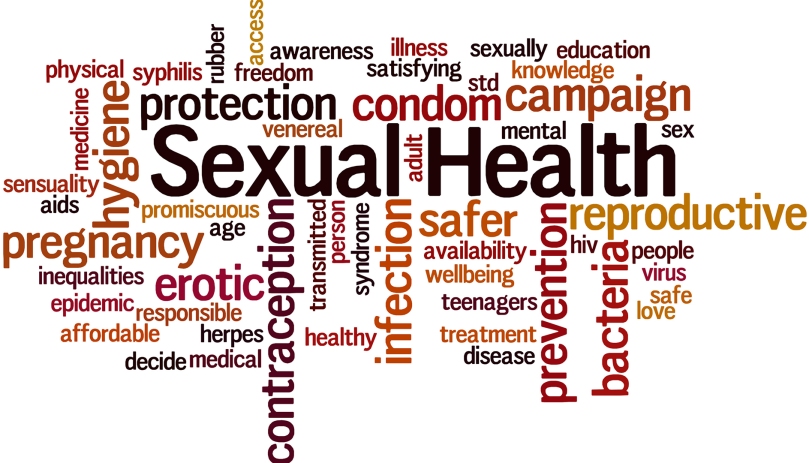According to the World Health Organization, Canadians drink more alcohol per capita than the worldwide average. Alcohol is the ingredient found in different beverages, such as wine, beer, and spirits. When these (and other types of) alcoholic beverages are consumed, it goes from the blood stream through to the stomach and small intestine, and then travels to the brain. Once it reaches the brain, it acts as a mind-altering (or psychoactive) drug that can make one feel relaxed, but also alters the way one thinks and behaves. When consumed in smaller amounts, alcohol can make one feel more talkative and feel less anxious in social settings; however, when it’s consumed in larger quantities, it can ultimately decrease our inhibitions and decision-making abilities, as well as affect things like coordination, balance, and even vision. That being said, just as medications affect everyone differently, not everyone who consumes alcohol will be affected by it in the same way, either. For example, your blood alcohol content (BAC) level will often depend on your body size and gender. Women tend to have a naturally higher percentage of body fat than man, making alcohol more concentrated in a woman’s bloodstream, while men have a greater ration of muscle than fat, meaning alcohol is more diluted in their body. How alcohol affects you will also depend on your previous experiences with alcohol as well as your present mood and emotions at the time of consumption.
How Much Alcohol Can I Drink?
When it comes to how much alcohol one should or shouldn’t be drinking, this also depends on gender. For males, it’s recommended that they consume no more than 14 alcoholic beverages per week, or 4 per day; while women should limit themselves to no more than 9 alcoholic beverages per week, or 2 per day.
Why Do People Turn to Alcohol?
As for why people choose to drink alcohol, there are many different reasons. Commonly, alcohol is consumed as part of celebrating a special occasion, such as someone’s birthday or a wedding; while others might turn to alcohol on a more regular basis (and sometimes for much more concerning reasons, such as having experienced trauma or going through other personal hardships, such as financial problems or family matters (i.e. divorce.), or if they are experiencing mental health issues, such as depression.)
How Do I Know If I’m Drinking Too Much?
If you think you’re drinking too much alcohol, then it can be a good idea to look back and consider the reasons why you drink. If you drink as a result of stress, this could be a sign that you are, in fact, consuming too much alcohol and for the wrong reasons. Another example of determining whether or not you’re drinking too much is going by the CAGE questionnaire – a screening tool that is commonly used to determine excessive drinking and alcoholism.
C = Have you ever felt like you need to cut down on your drinking?
A = Do you ever feel annoyed when people criticize you for your drinking habits?
G = Have you ever felt guilty about your drinking?
E = Have you ever felt you needed a drink (known as an “eye-opener”) first thing in the morning to help calm your nerves or prepare you for the day?
If you answered “yes” to any of these questions, then you could have a problem with alcoholism.
Signs of Alcohol Intoxication
• Flushed (red) skin, particularly the face
• Fatigue
• Impaired judgement/reduced inhibitions
• Decreased attention span
• Slurred speech
• Staggering
• Blurred vision
• Slow reflexes
• Poor muscle control
• Blackouts (sign of severe intoxication)
SCREENING FOR ALCOHOL
Your physician may choose to run further screening tests on you to assess your alcohol use, in addition to checking for potential liver damage, as well as monitor any changes in your alcohol consumption. If liver damage is detected this is also a red flag and indicator of excessive alcohol consumption.



